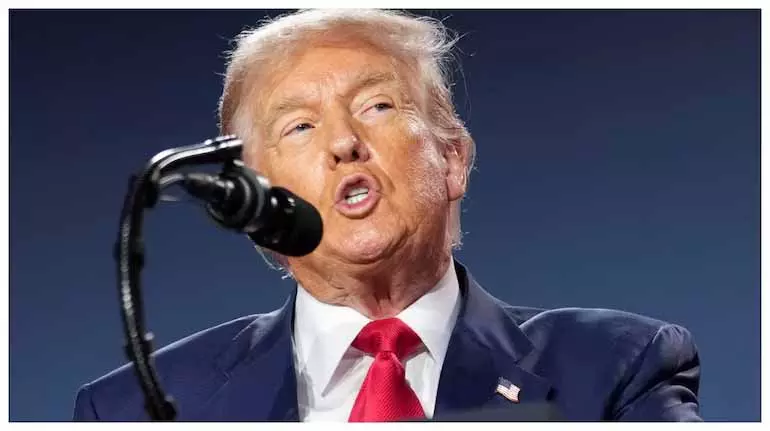America US: The US economy is sending mixed signals. On the one hand, inflation is under control, unemployment is low, and consumer spending continues despite widespread pessimism. On the other, there are signs of strain—tariffs are starting to take effect, hiring is slowing, and people are cutting back on travel and entertainment. President Trump’s policies will work through supply chains and corporate strategies, and these early warnings could deepen, the New York Times reports.
A decisive week for data and policy
This week brings key data that could clarify the economic direction: GDP, consumer spending, inflation, and job market reports. Along with that will be the Federal Reserve’s meeting on interest rates on Wednesday and a tariff deadline coming up on Friday. Trump has warned that countries that fail to finalize trade deals will face steep tariffs. Economists say what happens this week could have a significant impact on whether the Federal Reserve adjusts interest rates in September.
The Federal Reserve is in a tough spot, politically and economically
The Federal Reserve is expected to keep interest rates steady for a fifth consecutive meeting. But the decision comes before most of this week’s key data is released. Fed Chairman Jerome Powell will refrain from signaling any easing. While two Trump-appointed governors are pushing for an immediate interest rate cut, other board members are urging caution. This internal division—if it leads to dissent—would be the first such rift in more than 30 years.
What’s next: Two possible paths
Economists outline two main possibilities. In one, a weak labor market will cause unemployment to rise and inflation to slow, giving the Fed room to cut interest rates. In the second, the economy remains strong, making it harder to justify easing monetary policy. Ironically, strong employment data—which is usually welcome news—could increase political pressure on Powell, since it weakens the argument for cutting interest rates while Trump continues to push for aggressive easing.
Tariffs: A Wildcard for Growth and Inflation
Despite new trade agreements with Europe and Japan, the risk of tariffs rising remains. Although the EU deal caps tariffs at 15%—lower than Trump’s initial threat—it is still well above pre-Trump levels. Businesses are now clearing stockpiles and may soon be forced to pass the increased costs on to consumers. This could spur inflation, just as the Fed is trying to keep prices stable.
There’s No End in Sight for Tariff Uncertainty
Despite recent agreements, there remains skepticism about whether the threat of tariffs has really diminished. These agreements are still broad frameworks, not final agreements. Trump’s record of renegotiating tariff terms after signing agreements means there could be more uncertainty ahead. If he raises tariffs further after the August 1 deadline, inflation and economic tensions could rise sharply.
